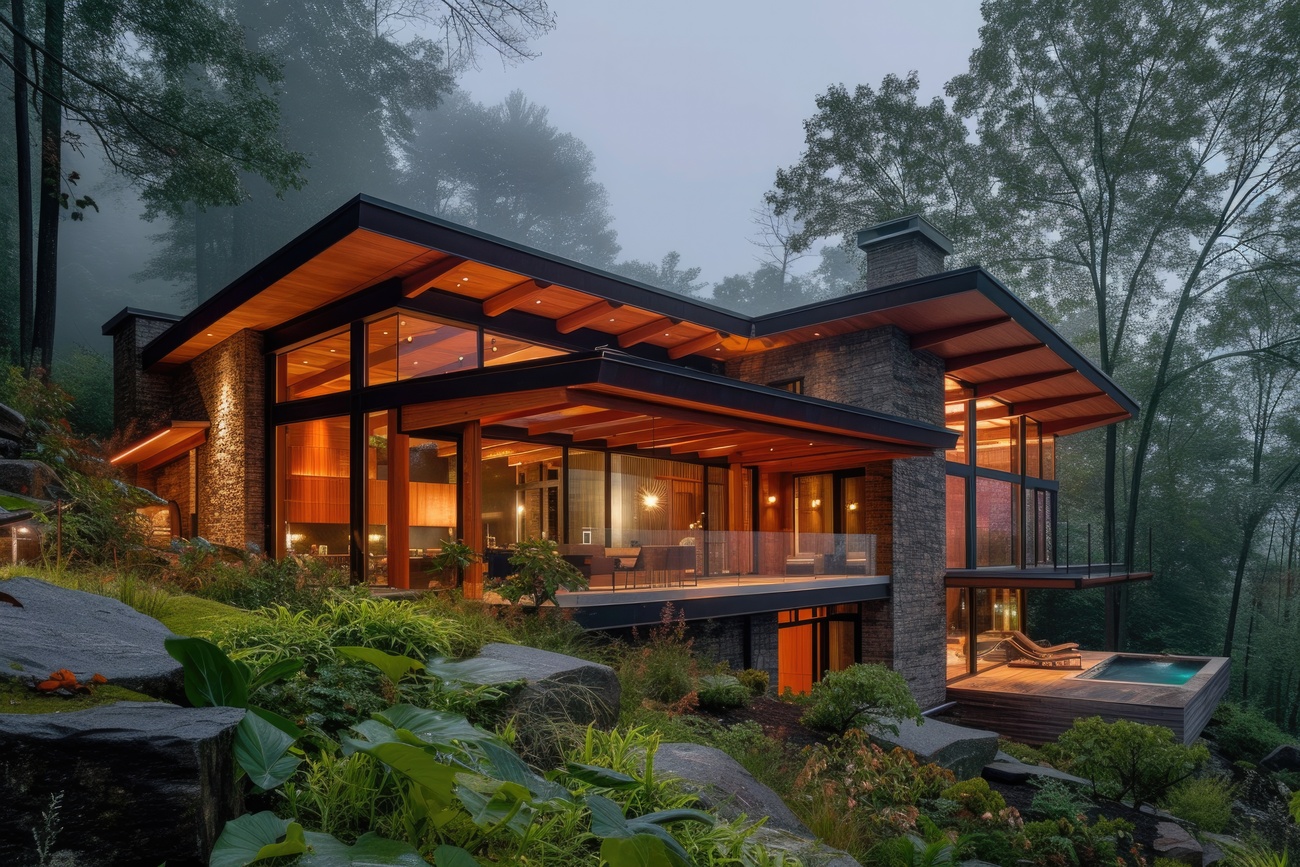
Building an Office Tower with Strong Infrastructure
Developing an office tower is more than just creating a place to work it requires careful planning to ensure the building supports long-term functionality, efficiency, and comfort. A strong infrastructure not only enhances daily operations but also increases the property’s value and attractiveness to tenants. Below are some key considerations for building an office tower with excellent infrastructure.
1. Strategic Location and Accessibility
Choose a location that is easily accessible by public transportation and major roads. Proximity to business districts, financial centers, and supporting facilities such as banks, restaurants, and hotels makes the office more attractive to potential tenants. Parking facilities and smooth traffic flow around the building are also crucial.
2. Reliable Utilities and Power Supply
An office tower must have a dependable electricity system, supported by backup generators and renewable energy options where possible. Adequate water supply, modern plumbing, and waste management systems are essential to ensure comfort and sustainability.
3. High-Speed Internet and IT Infrastructure
In today’s digital era, seamless connectivity is a necessity. Provide high-speed fiber-optic internet, structured cabling, and data center readiness. A building with advanced IT infrastructure attracts technology-driven companies and ensures productivity.
4. Efficient Vertical Transportation
Modern office towers require fast, efficient, and safe elevators to accommodate large volumes of people during peak hours. Smart elevator systems that reduce waiting times and energy use improve the overall user experience.
5. Safety and Security Systems
Fire safety systems, including sprinklers, smoke detectors, and evacuation routes, are mandatory. In addition, 24/7 security, CCTV monitoring, and access control systems provide safety and peace of mind for tenants.
6. Sustainable and Energy-Efficient Design
Integrating green building principles enhances infrastructure quality. Use energy-efficient lighting, smart HVAC systems, and eco-friendly construction materials. Features such as natural lighting and ventilation reduce energy costs while creating a healthier work environment.
7. Amenities and Support Facilities
Strong infrastructure goes hand in hand with good amenities. Include coworking areas, meeting rooms, lounges, and food courts to support tenant needs. Fitness centers or green spaces also add value and improve employee well-being.
8. Future-Proof Planning
Plan the infrastructure with scalability in mind. As technology evolves and tenant needs change, the building should be adaptable for upgrades, such as adding EV charging stations, expanding server capacity, or incorporating smart building systems.
A well-built office tower with strong infrastructure is not only functional but also competitive in the market. By combining strategic location, reliable utilities, advanced connectivity, safety, sustainability, and future-proof design, developers can create an office building that meets today’s demands while remaining relevant in the future.

Date: November 13, 2025
The global property sector is entering 2026 with a complex mix of opportunities and structural challenges. As markets recover unevenly from economic disruptions of the early 2020s, developers, investors, and policymakers must confront new realities shaped by shifting demographics, technological adva ...

Date: November 14, 2025
Buying a house is one of the biggest financial decisions most people will ever make. While many buyers focus on the down payment and monthly mortgage, there are several hidden costs that often catch them by surprise. Understanding these expenses can help homebuyers prepare more accurately and avoid ...

Date: November 15, 2025
For years, many assumed that Gen Z facing rising housing prices, student loans, and economic uncertainty would delay homeownership even longer than millennials. Surprisingly, the trend is shifting. Around the world, more Gen Z adults (typically defined as those born between 1997–2012) are beginnin ...

Date: November 15, 2025
For many people, owning a home remains a major life goal symbolizing stability, security, and long-term financial growth. But with rising property prices, higher living costs, and economic uncertainty, the big question for 2025 is clear: Is buying a house still realistic? The answer depends on sever ...

Date: November 11, 2025
In the fast-paced world of real estate, the digital revolution has completely transformed how properties are marketed and sold. Today’s property agents and developers must adapt to changing consumer behavior, emerging technologies, and online competition. To succeed, real estate professionals need ...
Ala Land Bali — a magical place for the real you
BECOME PART OF THE HISTORY Share your contact details, and our manager will reach out
with full project details

